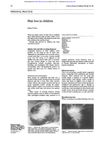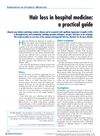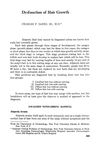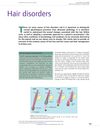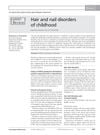Most Important Skin Diseases of Children: Their Diagnosis and Treatment
April 1955
in “
Archives of pediatrics & adolescent medicine
”
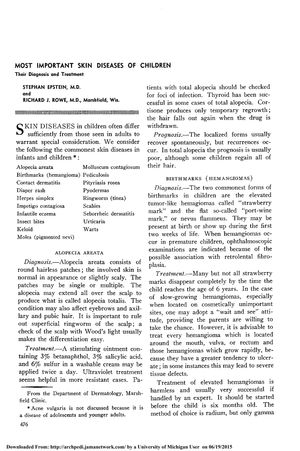
TLDR Children's skin diseases need special care and treatment.
Skin diseases in children often differ from those in adults, necessitating special attention. Common conditions include alopecia areata, birthmarks, contact dermatitis, diaper rash, herpes simplex, impetigo contagiosa, infantile eczema, insect bites, keloids, moles, molluscum contagiosum, pediculosis, pityriasis rosea, pyodermas, ringworm, scabies, seborrheic dermatitis, urticaria, and warts. Alopecia areata is characterized by round, hairless patches on the scalp, which can extend to alopecia totalis, affecting eyebrows and body hair. Diagnosis involves ruling out ringworm using Wood's light. Treatment includes a stimulating ointment with 3% betanaphthol, 3% salicylic acid, and 6% sulfur, applied twice daily, and ultraviolet treatment for resistant cases.
